|

1.
Defining interview questions:
Before we set out on our
interviews, we spent considerable time discussing
what questions we should ask. Aside from the
questions we derived from our internet research, our
teacher taught us to use mindmapping software to
organize and manage our interview questions. In
addition, we did rehearsals of the interviews at
school, so that we wouldn¡¦t have stage fright when
it came to the real thing!
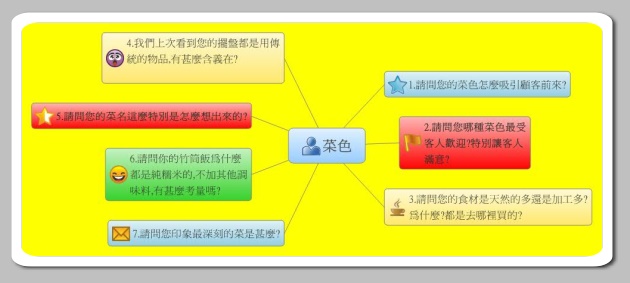
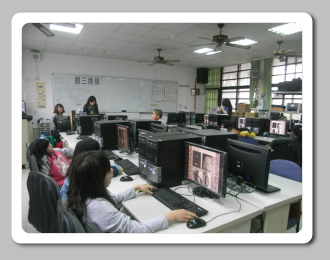 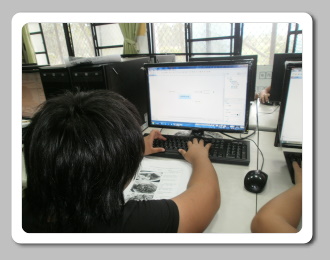
Using
mindmapping software to organize our materials
[up]
(1) Utilizing equipment:
Before we conducted the
interviews, our teacher carefully taught us how to
operate digital cameras and camcorders. Recording
the interviews in writing is not good enough,
because interviewees might speak too fast and leave
us no time to write down the full answers, posing
the concern that we might miss some major points,
therefore the best way to conduct interviews is to
use audio or video recordings, then transcribe the
contents off of the recordings. Our teacher did
remind us that, if we wished to record the
interviews, we must always obtain permission from
our subjects. We are grateful for the assistance of
Teacher Jing-mei Chu from Donghwa University, who
asked Ms. Jia-ling Ke and Ms. Chi-yu Li from the
Institute of Visual Arts and Education to teach us
how to use the digital camcorder and camera. We
would also like to thank Teacher Eiffel from The
Alliance Cultural Foundation for teaching us the
basics of photography. They all did such a
meticulous job of coaching us, and helped us to
acquire photographic skills very quickly.
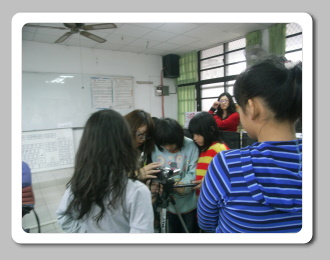 
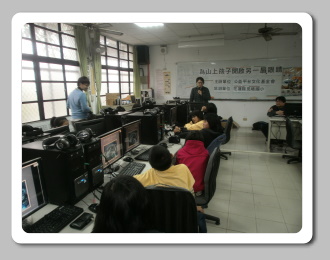 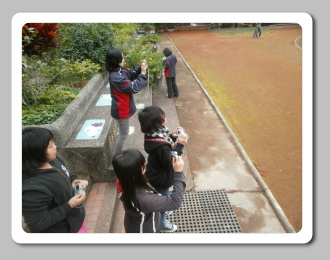 [up]
[up]
(2) Communicating with
interviewees:
Before setting up interview
appointments, we had to call the interviewees and
find out what dates and locations suited them best.
We also forwarded our interview questions to them in
advance, so that they have a clear idea of our
purpose and direction and can prepare accordingly.
Our teacher also said that letting interviewees know
of questions in advance is a form of respect!
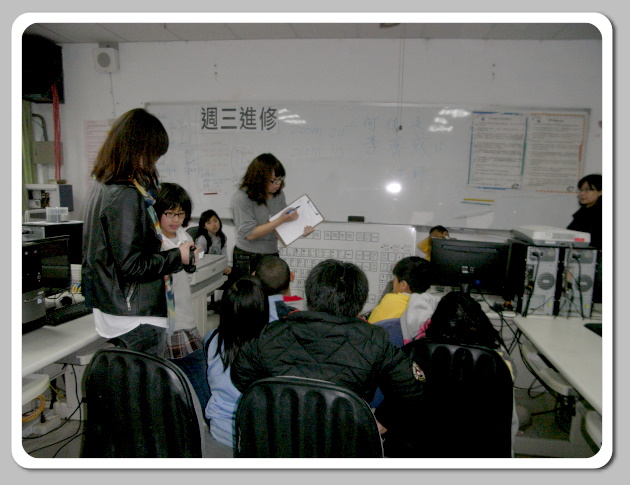
(3) Interview locations:
The interviews we conducted for
our project of ¡§Perfect Cuisine¡XTraditional Truku
Gourmet Food¡¨ are divided into two categories, one
consists of interviews of the chefs who taught us
how to make traditional dishes, and the other is of
restaurants that specialize in aboriginal cuisine.
Aside from inviting the chefs of our community to
our school and interviewing them on campus, we had
to ask our teacher to drive us to the aboriginal
cuisine restaurants that were further away from our
school.
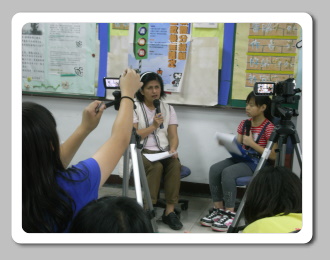 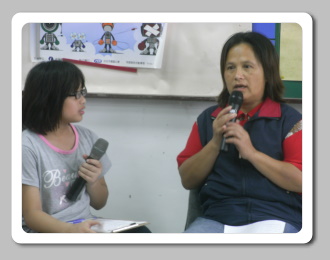
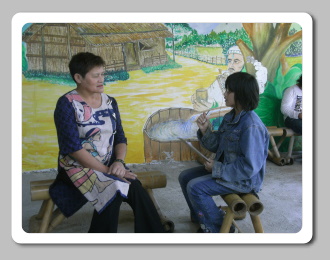
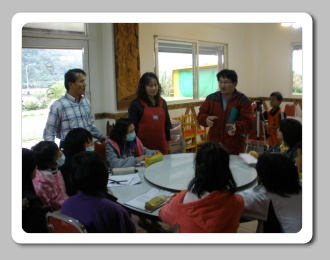
[up]
(4) Division of tasks:
During the formal interviews, we
are fully occupied with the tasks of asking
questions, taking photographs, video and audio
recordings. Fortunately, we had previously assigned
individual tasks to each member, or we would have
been greatly distracted. The team is divided into
interviewers (those in charge of asking questions),
recording staff (recording interview content),
photographer (taking photographs of the interview
process and of group shots of the team and the
subject), and video recording staff (taking video
recordings of the interview process as well as the
movements and voice of the subject, so that we can
access in fullest detail the content of the
interviews). Before we embarked on the formal
interviews, we practiced carrying out our tasks
several times over!
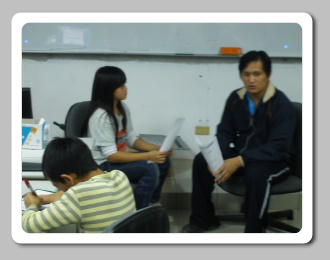 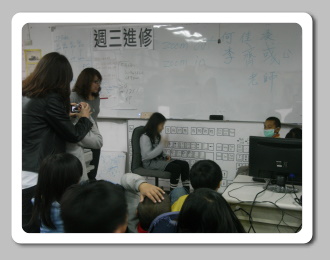
2. What did
we do during the interviews?
(1)
Interviewing and recording:
During the interviews, those in
charge of asking questions carried out their tasks.
The interviewers must be familiar with the
questions, pay attention to the subject¡¦s answers,
and continue to interact with the subject, although
other team members may help with asking additional
questions. The recording staff must quickly and
efficiently take down the answers the subjects make.
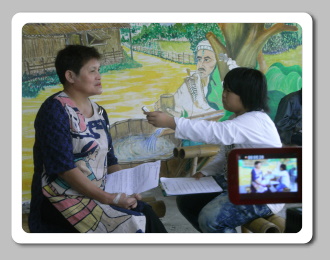 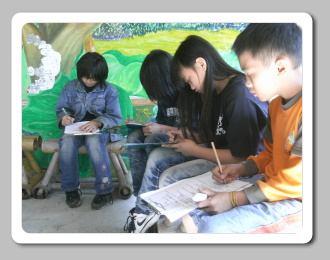
[up]
(2) Taking photographs and video
recordings:
Our photographers and video
recording staff are in action on the location of the
interviews. When taking photographs, it¡¦s important
to not only take photos of the interviewee and the
interview process, but also any objects that are
related to traditional Truku cuisine. The interview
process is of course an important part of our
records, the photos have to be clear, taken with a
steady hand, and of a distinct subject, so that they
are suitable for putting on our project website.
Video recording is also an
important job. When making videos, there shouldn¡¦t
be any pauses, and the entire content of the
interview must be recorded, so as not to miss any
part of the answers when we later filed the
questions into verbatim type. If the surroundings
are noisy, the video camera must be moved closer to
the interview subject; alternately, a mike might be
used to ascertain that all sounds have been
recorded.
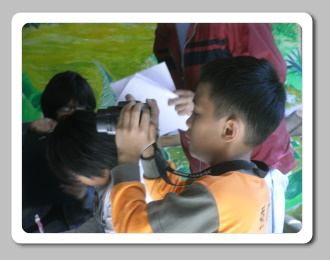 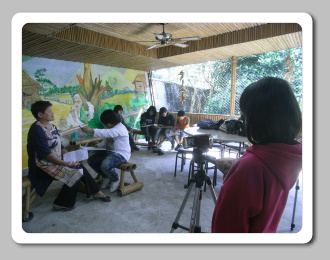
3. What did
we do after the interviews?
(1)
Filing photos and videos:
After we conducted our
interviews, we filed the photographs and video
recordings we had taken chronologically, or uploaded
them onto the website. Our teacher taught us to use
¡§PhotoCap¡¨ photo processing software to process,
resize our photos and upload them onto the website,
that way our webpage would be colorful, and the
pictures would testify to our efforts!
[up]
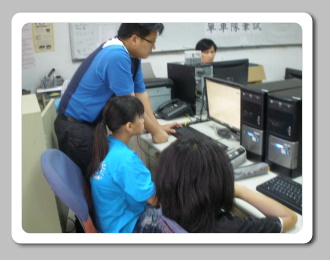 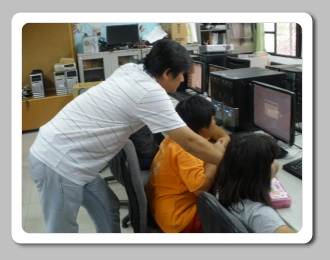
(2)
Preparing outlines and verbatim type:
After the
interviews, we would use ¡§Doz Transcribing¡¨ verbatim
type software to manage and transcribe our
interviews into verbatim type, and file the
questions according to category. If we discover
during this process any uncertain answers, we would
ask the interviewees again in order to ensure the
depth and clarity of the interview, and provide a
full view of the material we acquired.
[up]
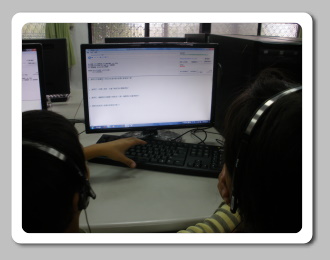 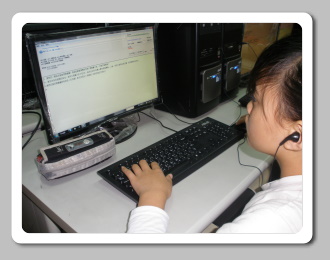

References:
1. yahoo
knowledge+, http://tw.knowledge.yahoo.com/question/?qid=1606121505678,
2007.02.08
2. yahoo knowledge+, http://tw.knowledge.yahoo.com/question/?qid=1405121309985,
2007.02.08 |

